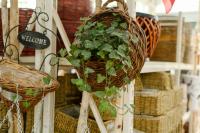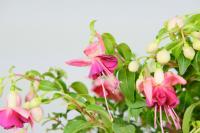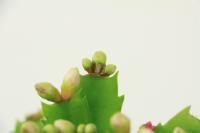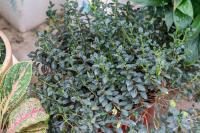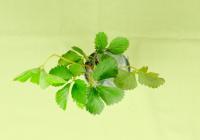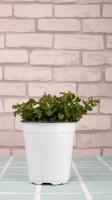1、 Acidified soil
Brazilian wood likes an acidic growth environment. If the soil is alkaline, the plant will often turn yellow, which is not conducive to its growth. When the pot is put on or the soil is changed, the rotten leaf soil is mainly needed. The pH of this soil is lower than 7, which is acidic in itself, which is very helpful for plant development. In addition, it can also be acidified by pouring ferrous sulfate solution
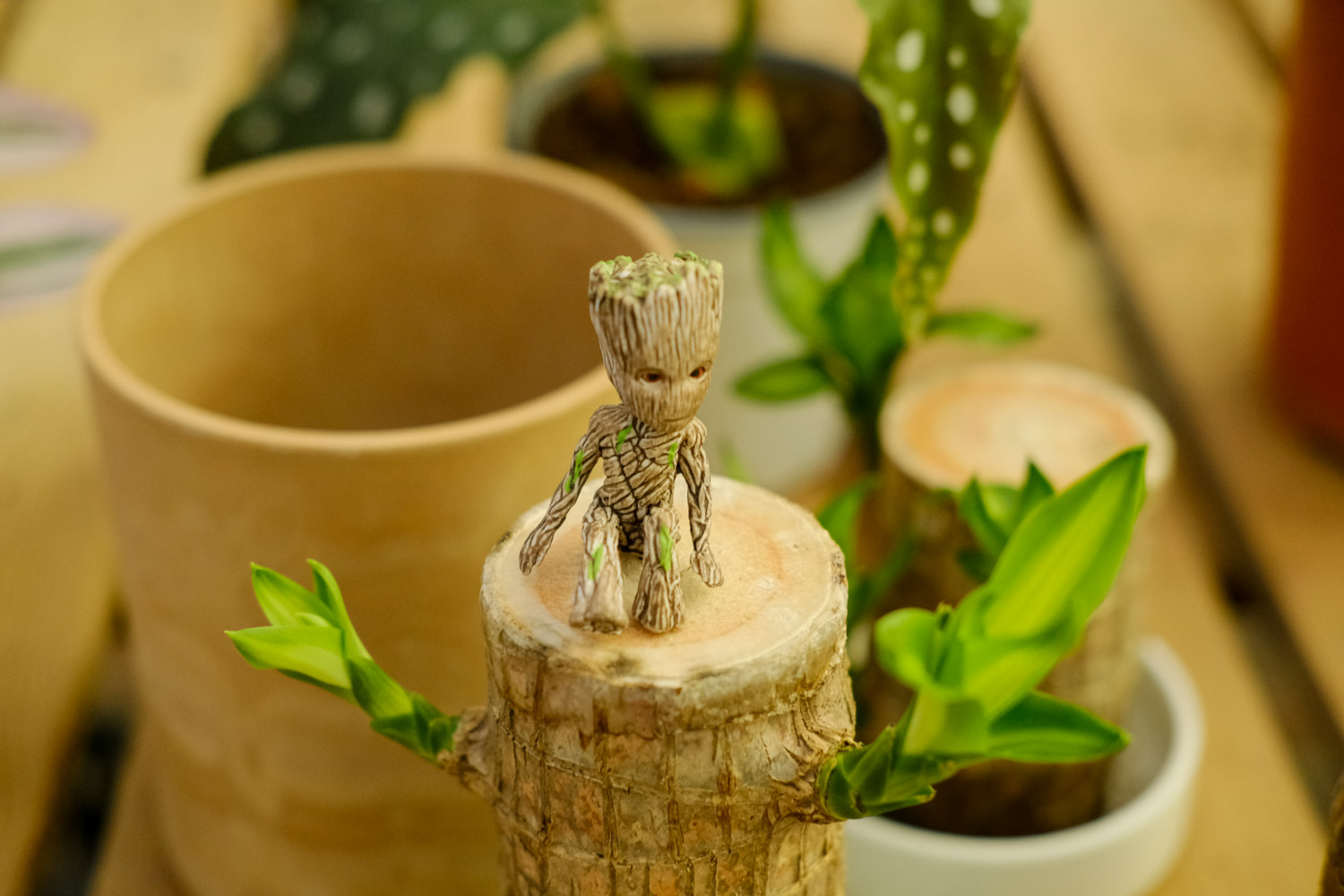
2、 Controlled watering
Brazilian wood is very afraid of drying. Once the water in the soil is insufficient or the air humidity is low, the plant will turn yellow because of water shortage. At this time, you need to replenish water immediately, but don't pour too much at one time. You need to water appropriately to keep the soil moist. Water frequently at ordinary times, but don't let there be ponding in the basin soil. It's better to use more river water or rainwater
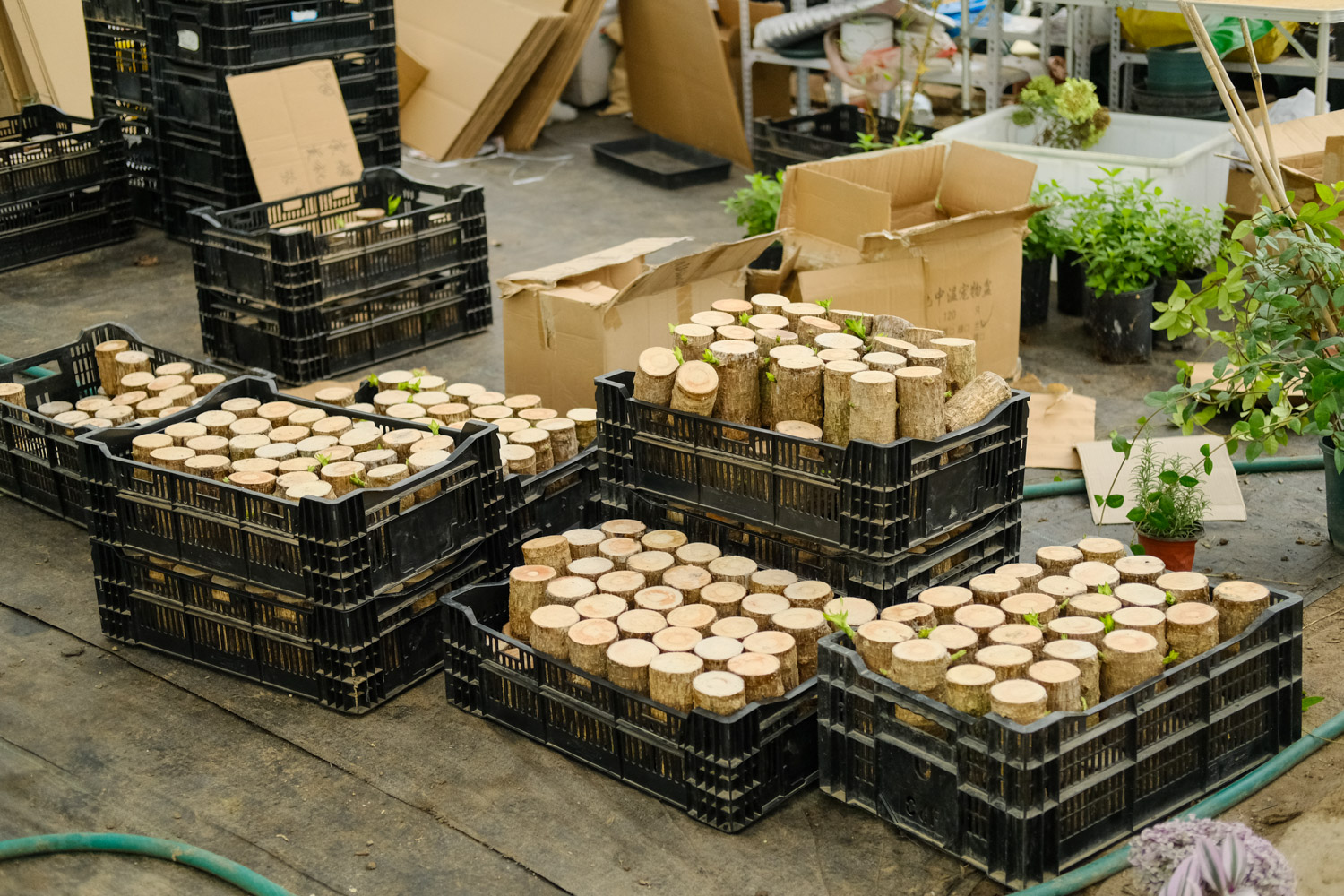
3、 Reduce light
Brazilian wood is a kind of plant that likes light very much, but it is not sun resistant, so don't keep basking in the sun, otherwise the leaf tip will turn yellow after being sunburned. At noon in summer, it needs to be properly shaded to avoid sunburn. You can see the light properly in the morning, but the time should not be too long
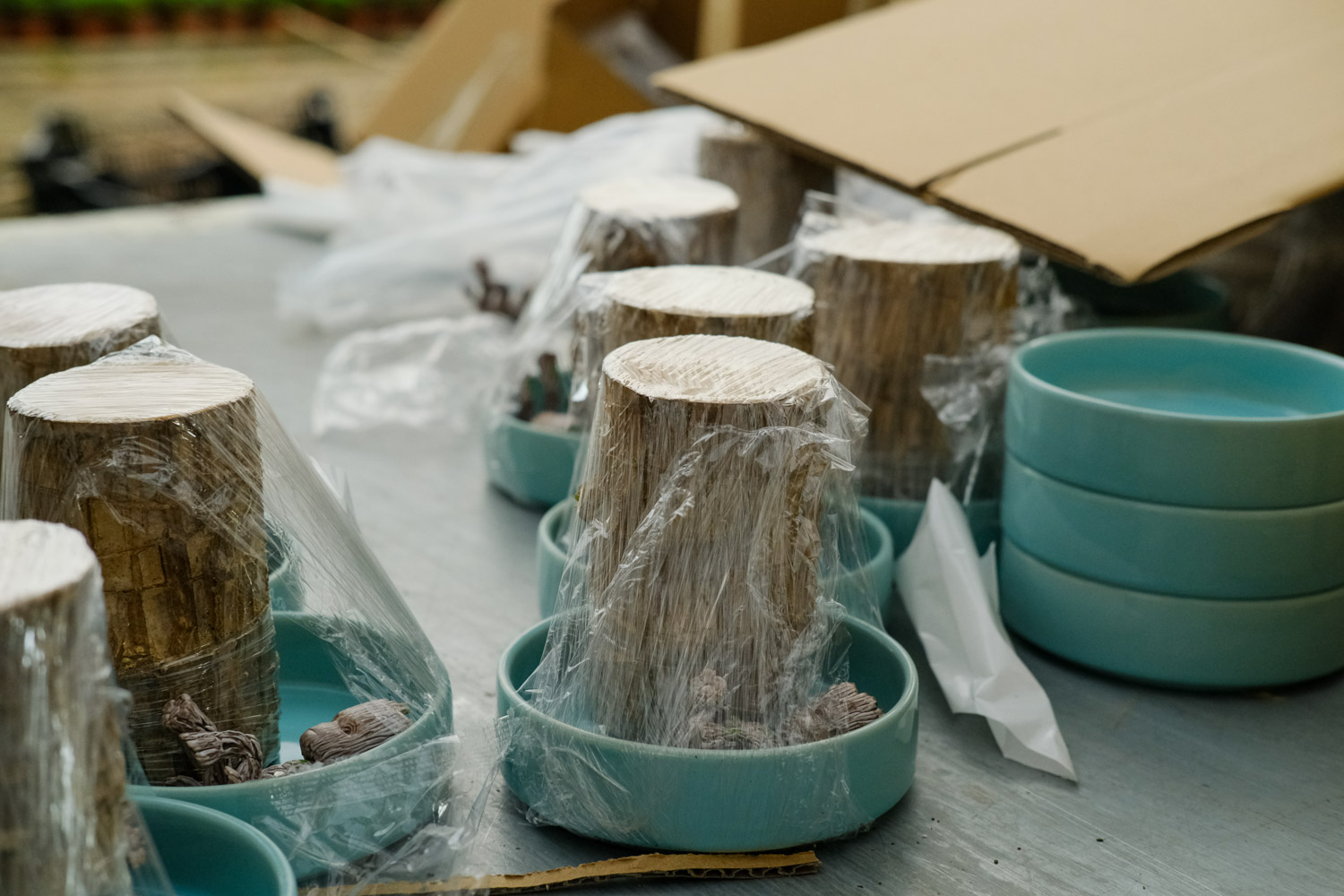
4、 Trim properly
If Brazilian wood grows too luxuriant and has too many leaves, it will often affect ventilation and light transmission, which is not conducive to the breathing of the plant. It needs to be properly trimmed. Thinly cut the dense leaves and put them in the semi shade to wait for the wound to dry, and then fertilize them appropriately to help them grow

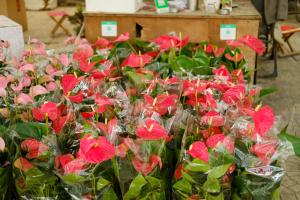 How is it that the l...
How is it that the l...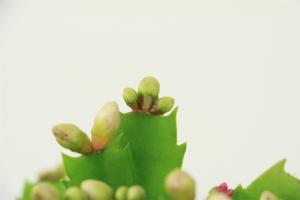 How do crab claw orc...
How do crab claw orc... Causes and treatment...
Causes and treatment... Causes and treatment...
Causes and treatment...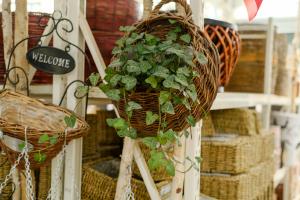 What's the matter wi...
What's the matter wi...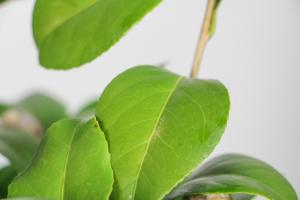 What's the matter wi...
What's the matter wi...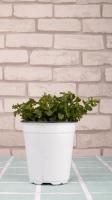 What's the matter wi...
What's the matter wi...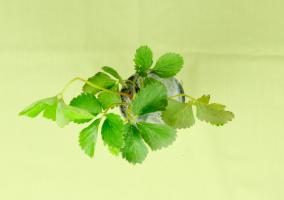 What's the matter wi...
What's the matter wi...

























